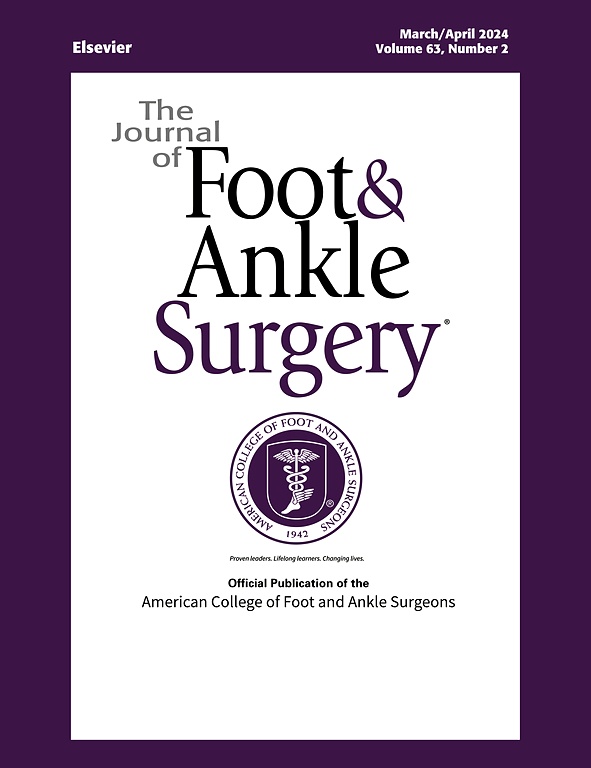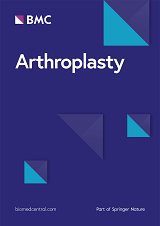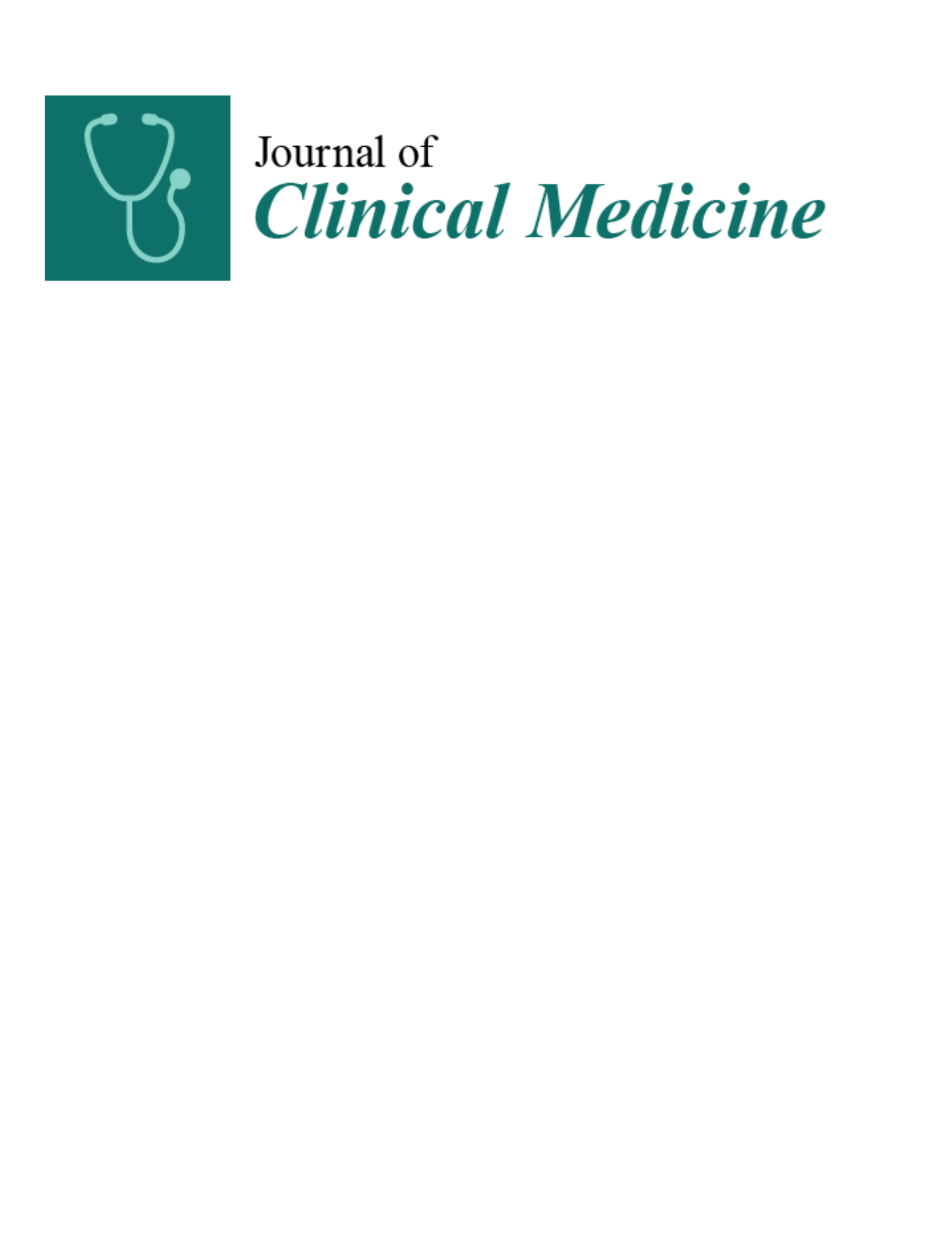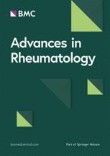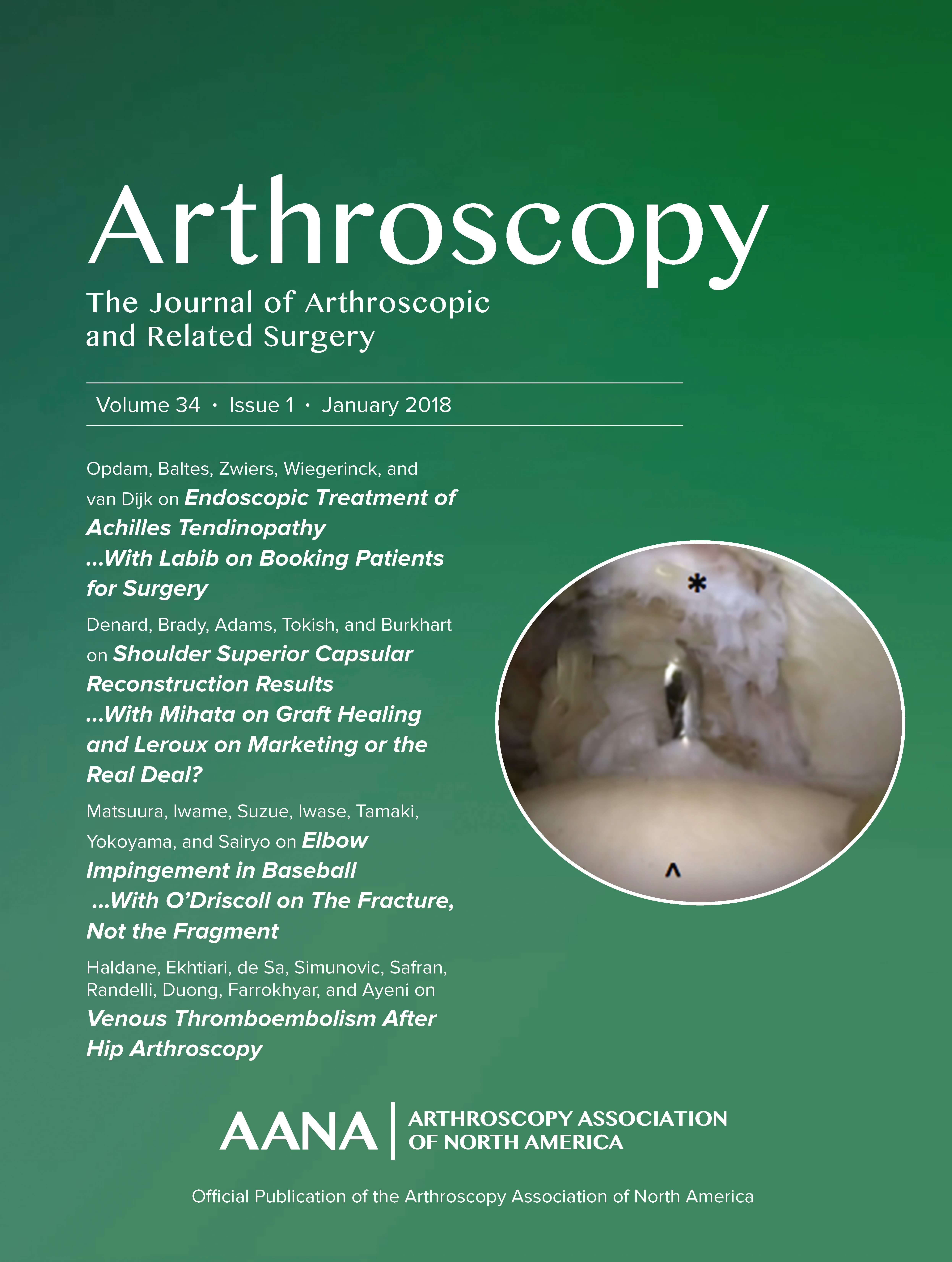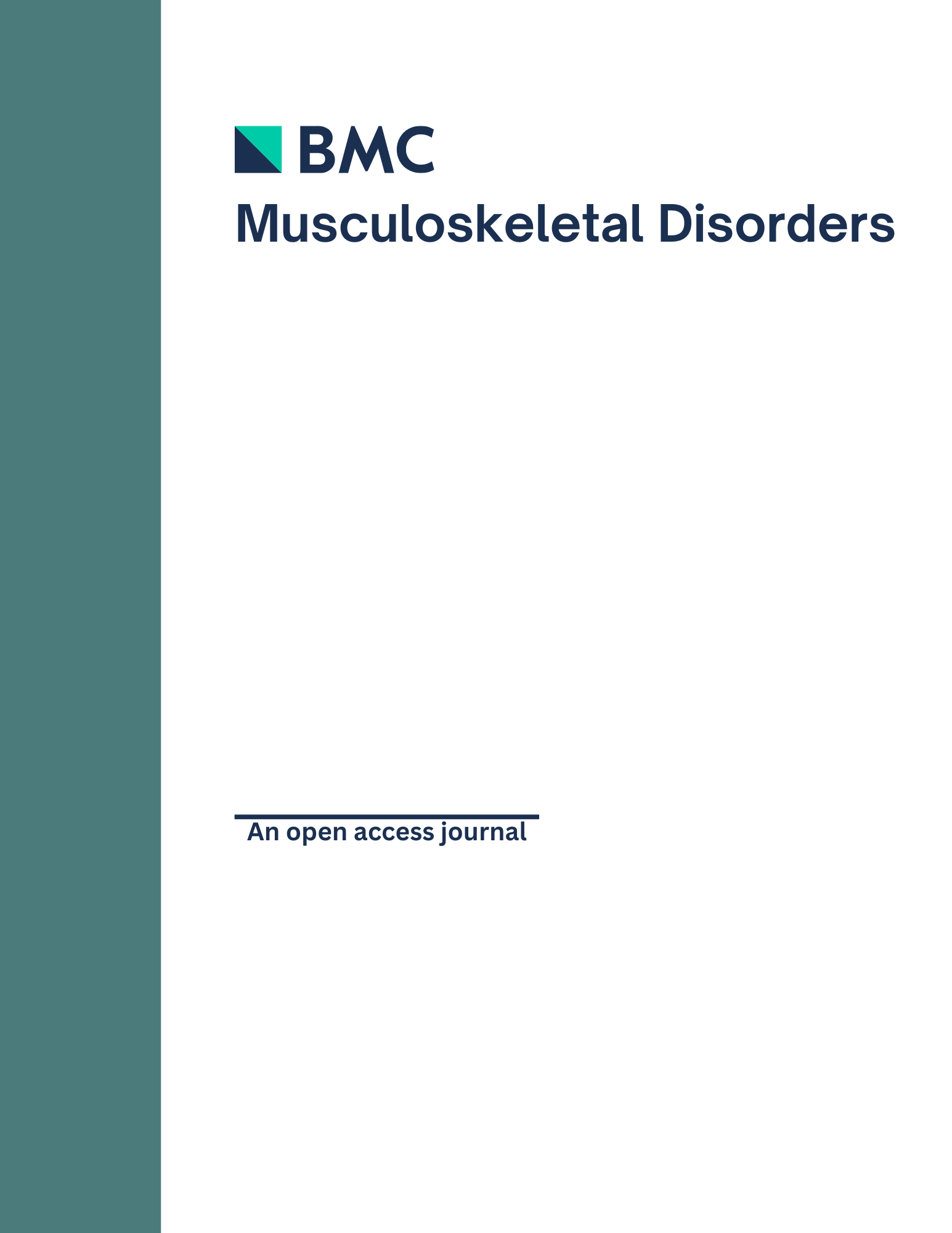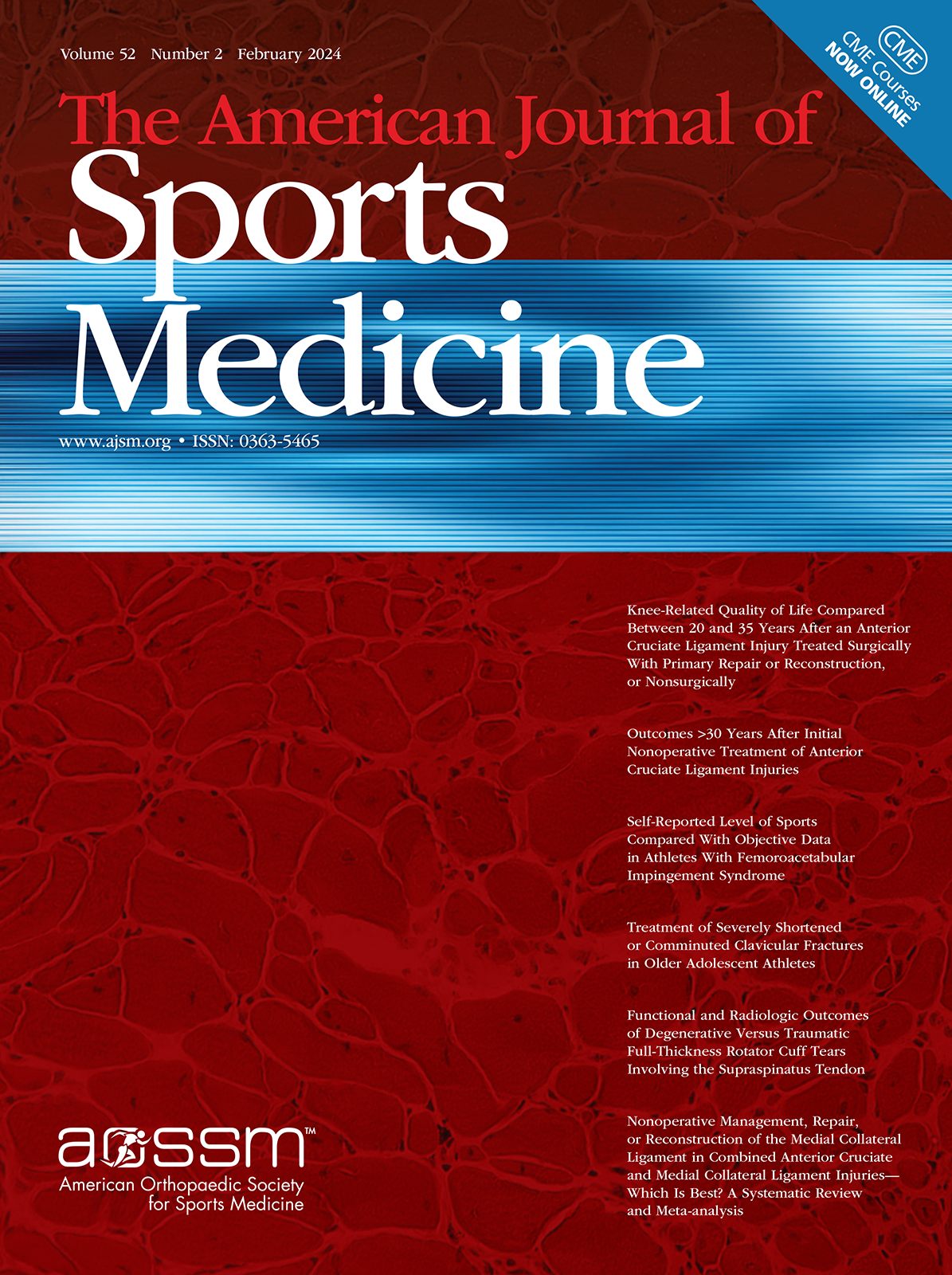PeerView
You are viewing the most viewed ACE Reports by Physiotherapists over the last 30 days in all specialties.
Displaying
100%
①
Synopsis:
Forty-two sport-active patients with chronic insertional Achilles tendinopathy were randomized to low tendon compression rehabilitation (LTCR; n=20) or high tendon compression rehabilitation (HTCR; n=22).The primary outcome was VISA-A at 12 and 24 weeks.Secondary outcomes included patient satisfaction, return-to-sport, pain on hopping (VAS-HOP) and during ADLs (VAS-ADL), single-leg heel-raise repetitions, and ultrasound tendon thickness; outcomes were assessed at baseline, 12, and 24 weeks.Overall, the results of the study revealed larger VISA-A gains with LTCR at both 12 weeks and 24 weeks, alongside higher satisfaction and better pain metrics. In short, limiting...
Read More »
Level 1 RCT
①
Synopsis:
Seventy-two patients with unilateral plantar fasciitis were randomized to receive extracorporeal shock‐wave therapy (ESWT)(n=36) or Low-Dye taping (LDT) with sham ESWT (n=36).The primary outcome of interest was pain (VAS).Secondary outcomes included FAOS subscales (Symptoms, Pain, Activities of Daily Living, Sport & Recreation, and Quality of Life).Outcomes were assessed at baseline, immediately post-treatment, and at six-week follow-up.Overall, the results of the study revealed significant within-group improvements in both arms for VAS and all FAOS subscales, with no between-group differences at any time point. The study concludes...
Read More »
Level 1 RCT
①
Synopsis:
One hundred eight patients with tricompartmental knee osteoarthritis (OA) were randomized to gel cold pack (n=36), cryo-cuff (n=36), or mobile cold compression device (MCCD) (n=36) applied immediately post-TKA and refreshed every 6 hours until discharge.The primary outcome was pain intensity at prespecified intervals through 72 hours and again at 2 weeks.Secondary outcomes included morphine consumption (24/48/72 h), knee ROM (flexion, extension lag), knee swelling (girth change), length of stay, and patient satisfaction (SAPS-based).Outcomes were assessed up to 72 hours and at 2 weeks.Overall, the results showed lower pain at 8 hours with MCCD versus gel cold pack and versus cryo-cuff, while cryo-cuff produced less swelling at 72 hours than gel cold pack and MCCD. In conclusion, MCCD...
Read More »
Level 1 RCT
①
Synopsis:
Thirty-two adolescent female basketball players with chronic ankle instability were cluster-randomized to hop-stabilization training (n=16) or traditional balance training (n=16).The primary outcome was self-reported ankle stability (Cumberland Ankle Instability Tool, CAIT) and sport-specific performance (T-test, lateral hop, figure-8 hop).Secondary outcomes included static balance (center-of-pressure ellipse area and velocity), dynamic balance (Star Excursion Balance Test), and isometric ankle strength (dorsiflexion, plantarflexion, inversion, eversion).Outcomes were assessed at baseline and after 6 weeks (3×/week, 20-min sessions).Overall, the results showed both groups improved CAIT and balance, but hop training produced greater gains in agility/hopping tests and larger increases in dorsiflexion and eversion strength. These findings suggest...
Read More »
Level 1 RCT
①
Synopsis:
One hundred and sixteen patients with displaced femoral neck fractures were randomized to receive hemiarthroplasty via the anterior approach (AA) (n=58) or the lateral approach (LA) (n=58).The primary outcome was function at 6 weeks on the Barthel-20 Index.Secondary outcomes included EQ-5D, pain (VAS; plus 5-day opioid use), length of stay (acute and to rehab discharge), complications (medical and implant-related), readmissions/ED visits, and mortality.Outcomes were assessed at 2, 6, 12, and 24 weeks.Overall, the results revealed no between-group differences for the primary outcome (both groups mean 15.8 at 6 weeks; P=0.98) or for secondary patient-reported outcomes, resource use, complications, readmissions, or mortality; operative time was modestly longer with AA and cement mantle quality was worse. In short, AA...
Read More »
Level 1 RCT
①
Synopsis:
One hundred twenty patients with symptomatic tibiofemoral knee osteoarthritis (Kellgren–Lawrence grade 2–3) were randomised to receive a single intra-articular injection of autologous micro-fragmented adipose tissue (n=60) or placebo isotonic saline (n=60) following abdominal liposuction.The primary outcome of interest was KOOS4 at 6 months.Secondary outcomes included KOOS subscales (Pain, Symptoms, ADL, Sports/Recreation, QoL), Tegner activity score, proportion achieving the KOOS4 MCID, treatment failure, return to work and sport, adverse events, and treatment-related discomfort, assessed at 3, 6, 12, and 24 months.Overall, the results of the study revealed no statistically significant or clinically important between-group differences in KOOS4 at any time point (6-month between-group difference in change 1.7, 95% CI −3.6 to 7.1; p=0.52), nor in Tegner scores or other secondary outcomes, although both groups showed substantial and sustained improvements from baseline over 2 years. These findings suggest...
Read More »
Level 1 RCT
①
Synopsis:
Sixty patients with primary knee osteoarthritis were randomized to receive intra-articular ozone therapy at 40 µg/mL (n=20), 20 µg/mL (n=20), or oxygen as control (n=20).The primary outcome was pain reduction, measured by the Visual Analog Scale (VAS) and WOMAC pain subscale.Secondary outcomes included functional mobility (WOMAC function, FROM, TUG, and 6MWT).Outcomes were evaluated at baseline, two weeks, one month, and two months post-intervention.Overall, both ozone groups showed significantly greater reductions in pain and improvements in function compared to the control, with no significant differences between the two ozone concentrations. The findings suggest...
Read More »
Level 1 RCT
①
Synopsis:
One hundred and twenty-one patients undergoing a hip arthroscopy procedure were randomized to receive 90 days of automated text messages on post-operative instructions and general health guidance (n=57) or no added intervention (n=64).Outcomes of interest included pain and physical function on the Hip Disability Osteoarthritis Outcome Score (HOOS), patient compliance, and patient satisfaction with the intervention.Results revealed no significant differences between the two groups in pain, physical function, or compliance at 90 days. Patients who received...
Read More »
Level 1 RCT
①
Synopsis:
Thirty-six patients with chronic rotator cuff–related shoulder pain (C-RCRSP) were randomized to receive comprehensive physiotherapy (CP; n=18) or CP plus graded motor imagery (CP+GMI; n=18).The primary outcomes were pain (NPRS) and function (SPADI).Secondary outcomes included pressure pain threshold (PPT), range of motion (ROM), left/right judgment task (LRJT) accuracy and response time, motor imagery ability (VMIQ-2), central sensitization symptoms (CSI), fear-avoidance and catastrophizing (FABQ, PCS), two-point discrimination, and global rating of change (GRC).Pain and PPT were repeatedly assessed at baseline, weeks 1–2, and week 6; other measures were assessed at baseline and 6 weeks.Overall, the results of the study revealed clinically important within-group improvements in both arms for pain, ROM, SPADI, and pain-related fear at 6 weeks, with earlier pain reductions and superior mechanosensory/neurocognitive gains in CP+GMI. In conclusion, adding...
Read More »
Level 1 RCT
①
Synopsis:
Two hundred thirty-one patients with chronic lateral epicondylosis were randomized to physiotherapy (n=58), extracorporeal shockwave therapy (ESWT) (n=62), prolotherapy (n=56), or platelet-rich plasma (PRP)(n=55).The primary outcome was the Disabilities of the Arm, Shoulder and Hand (DASH); the secondary outcome was a 6-point Subjective Satisfaction Score (SSS).Outcomes were assessed at baseline, 3, 6, 18, and 24 months, with 24 months pre-specified as primary.Overall, the results of the study revealed that PRP achieved the largest DASH improvement at 24 months (−31.18) and the highest SSS (4.60±0.90), with prolotherapy also outperforming physiotherapy and ESWT on both outcomes; all groups exceeded the DASH MCID. These findings suggest...
Read More »
Level 1 RCT




 LOGIN
LOGIN



